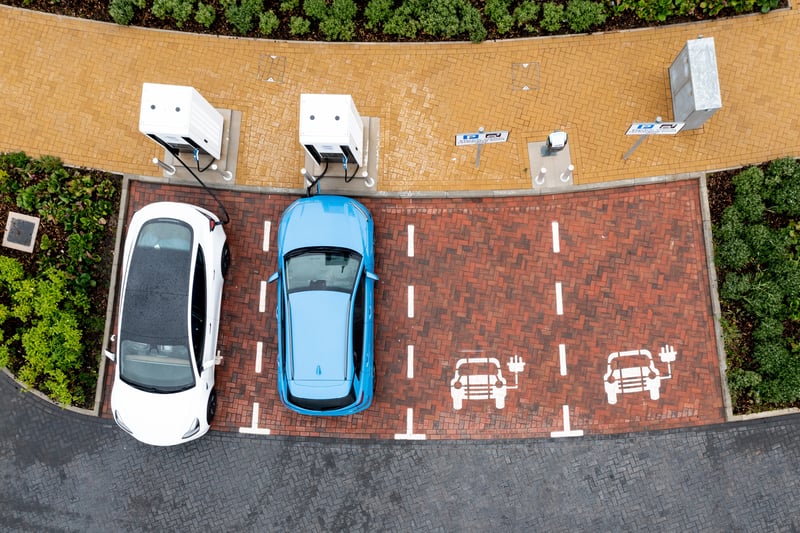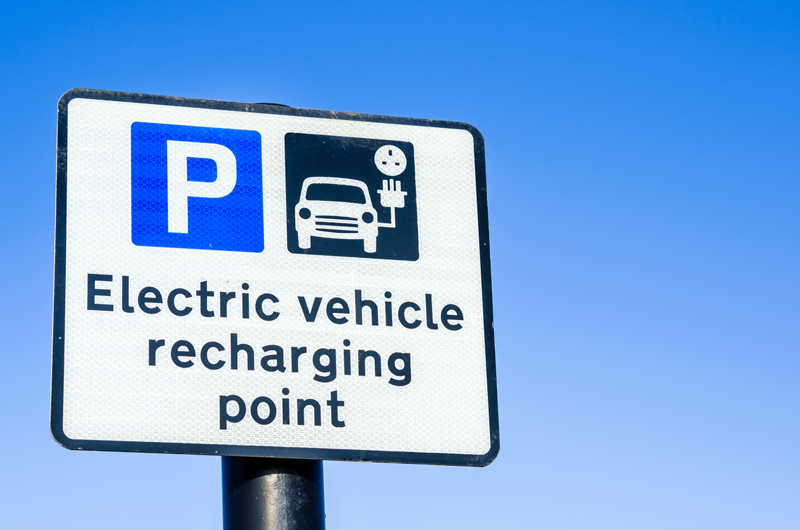The rise of electric vehicles (EVs) marks a significant shift in the automotive industry towards sustainability and clean energy. With this shift comes the pressing need for robust charging infrastructure capable of supporting the growing fleet of EVs. Dynamic Load Balancing emerges as a critical solution to optimise the performance and efficiency of electric vehicle chargers, ensuring seamless integration with the power grid while accommodating varying demand patterns.
Understanding Dynamic Load Balancing:
Dynamic Load Balancing is a method employed in electric vehicle charging infrastructure to efficiently distribute electrical loads across multiple charging stations in real-time. Unlike traditional static load distribution, which allocates power evenly among charging stations regardless of demand fluctuations, Dynamic Load Balancing dynamically adjusts power allocation based on factors such as grid capacity, charging demand, and energy availability.
Key Components of Dynamic Load Balancing:
- Real-time Data Analysis: Dynamic Load Balancing relies on sophisticated algorithms that analyse real-time data such as grid load, charging station utilisation, and energy pricing. By continuously monitoring these variables, the system can adapt and optimise charging operations to minimise grid stress and operational costs.
- Smart Charging Algorithms: Advanced smart charging algorithms play a pivotal role in Dynamic Load Balancing by prioritising charging sessions based on factors like battery state of charge, charging rates, and user preferences. These algorithms ensure that charging resources are allocated efficiently, maximising throughput while minimising wait times for EV drivers.
- Communication Infrastructure: Effective Dynamic Load Balancing requires seamless communication between charging stations, grid operators, and electric vehicles. Communication protocols such as Open Charge Point Protocol (OCPP) facilitate data exchange and coordination, enabling charging stations to respond dynamically to grid conditions and user demands.

Benefits of Dynamic Load Balancing:
- Grid Stability: By intelligently distributing charging loads, Dynamic Load Balancing helps maintain grid stability and prevent overloads, especially during peak demand periods. By minimising sudden spikes in electricity consumption, dynamic load balancing contributes to a more resilient and reliable power grid.
- Optimised Charging Experience: Dynamic Load Balancing optimises the charging experience for EV owners by minimising wait times and maximising charging efficiency. By dynamically adjusting charging rates and priorities, the system ensures that charging stations operate at peak capacity while accommodating user preferences and scheduling constraints.
- Cost Efficiency: By leveraging real-time data and predictive analytics, Dynamic Load Balancing helps reduce operational costs associated with electric vehicle charging infrastructure. By optimising energy consumption and grid utilisation, operators can minimise electricity expenses and maximise revenue potential.
Challenges and Considerations:
While dynamic load balancing offers numerous benefits, its implementation poses several challenges and considerations:
- Interoperability: Ensuring interoperability between different charging stations, communication protocols, and grid management systems is essential for seamless Dynamic Load Balancing across diverse networks and infrastructure.
- Data Security and Privacy: Dynamic Load Balancing relies on sensitive data such as energy consumption patterns and user preferences. Implementing robust security measures and privacy protocols is crucial to protect against unauthorised access and data breaches.
- Scalability: As the number of electric vehicles continues to grow, scalability becomes a critical factor in the effectiveness of Dynamic Load Balancing systems. Scalable architectures and flexible infrastructure designs are essential to accommodate future expansion and demand.
Dynamic Load Balancing represents a transformative approach to optimising electric vehicle charging infrastructure, enabling efficient utilisation of resources while enhancing grid stability and user experience. By leveraging real-time data analysis, smart charging algorithms, and seamless communication protocols, Dynamic Load Balancing systems empower operators to adapt to evolving demand patterns and grid conditions, laying the foundation for a sustainable and resilient transportation ecosystem in the era of electric mobility.
The Fuuse Energy Management System gives you the insights and ability to reduce energy costs, minimise EV charging demand on your site energy and lower the carbon intensity of the energy you use. As electrical capacity in both local and building grids becomes increasingly limited there is a growing need to optimise energy usage.
The suite of tools to help you manage, monitor and monetise your site energy, enabling you to transition to EVs efficiently.








